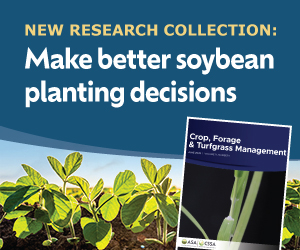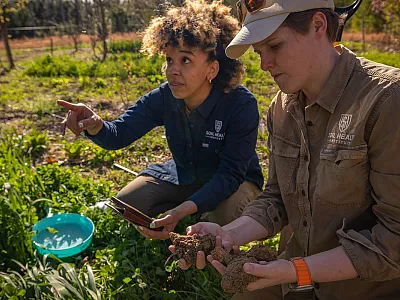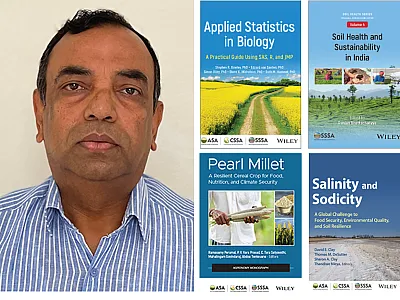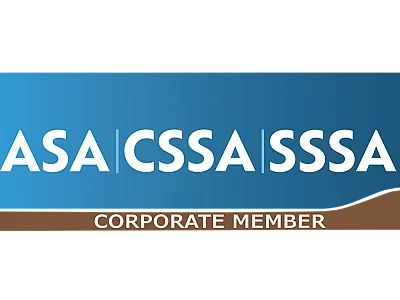What Is a Carbon Offset?
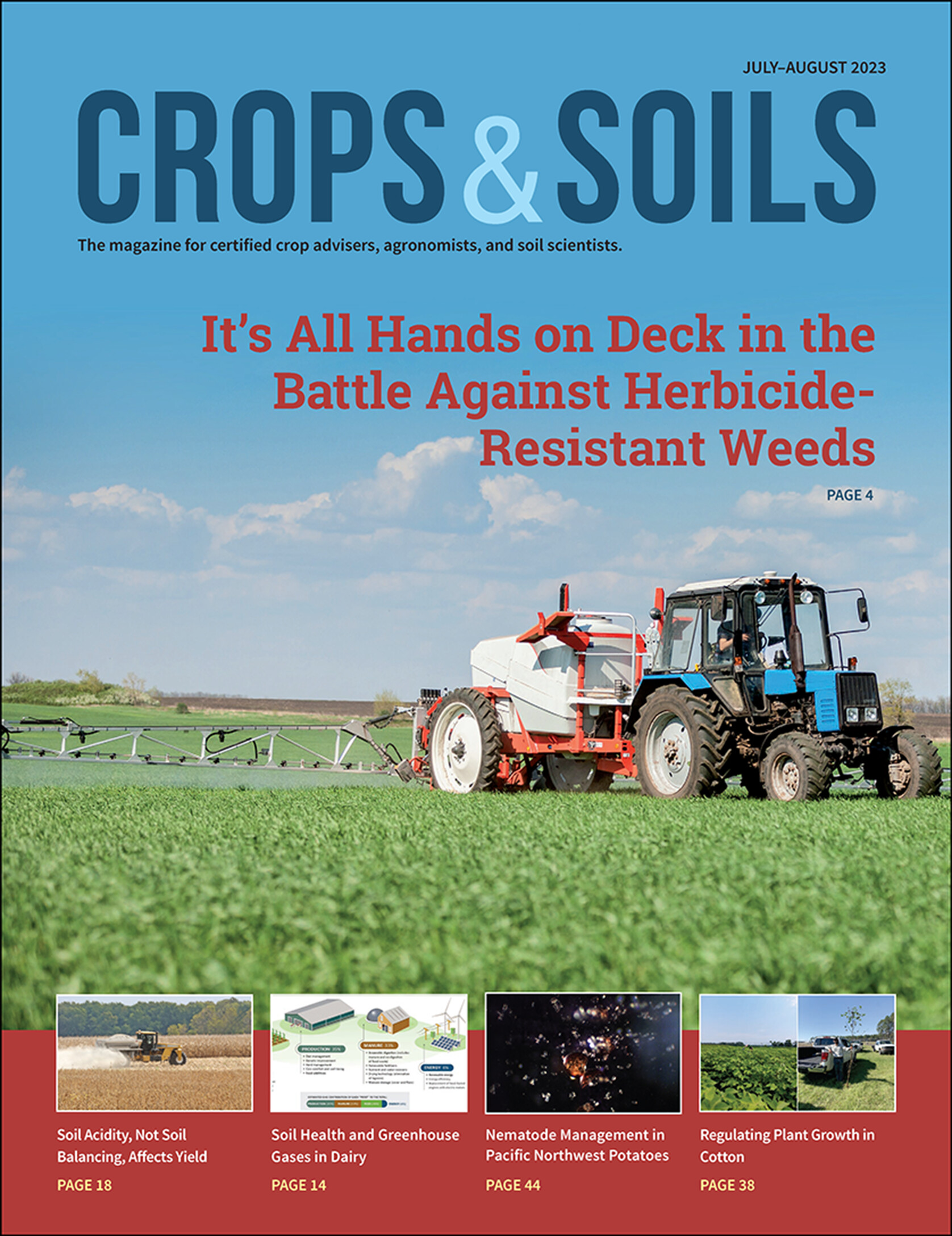
This article comes to you from Decode 6 (https://decode6.org/), bringing clarity to carbon and ecosystem service markets through transparent, unbiased, and freely accessible educational content for all. New articles, videos, podcast episodes, and explainers are rolling out on the site all the time.
The article was written by DJ May and reviewed by Bryan Van Stippen and Kelly Cain
The short answer: A carbon offset is a reduction in emissions of carbon dioxide or other greenhouse gases (GHGs) made in order to compensate for, or “offset,” GHGs emitted elsewhere.
- A carbon offset is a tradeable commodity instrument that represents 1 metric ton of carbon dioxide equivalent (CO2‐eq).
- A carbon offset must be measurable, quantifiable, permanent, verifiable, and enforceable.
Break it down: Carbon offsets are intended to help companies offset emissions that they cannot reduce.
For example, airlines and transportation industries will always have emissions that they cannot eliminate on their own. Companies manufacturing products will likely emit GHGs at some point during the manufacturing process. These companies may purchase offsets to “cancel out” the emissions they cannot reduce (e.g., through credits purchased from the National Indian Carbon Coalition).
- Through a carbon offset, a company can support programs that either reduce carbon dioxide (CO2) emissions or remove CO2 from the atmosphere.
- Programs that generate offsets might involve planting trees, preserving existing forests, creating renewable energy resources, or even sequestering carbon in the soil through agricultural carbon programs.
- Other initiatives generating carbon offsets include direct air capture of CO2 and enhanced weathering of rock to help remove carbon from the atmosphere.
Wait, why are offsets “CO 2 equivalent” (CO 2e)? There are more GHGs than just CO2. Methane (CH4), nitrous oxide (N2O), halocarbons, perfluorocarbons (PFCs), nitrogen trifluoride (NF3), and sulfur hexafluroide (SF6) are the other major GHGs. And these GHGs often have even higher Global Warming Potential (GWP) than CO2 alone.
Ranges of GWP were sourced from the USEPA. Carbon dioxide has the lowest GWP and serves as the reference of “1” in GHG accounting (Figure 1). To find CO2e, multiply the quantity of a GHG (in kg) by its GWP.

Accounting for CO2e lets us accurately offset even those emissions that have a higher GWP than carbon dioxide.
Take nitrous oxide for example.
- N 2O is 300 times more potent a GHG when compared to the same volume of CO2.
- Therefore, it takes about 300 CO2e to offset 1 metric ton of NO2.
This is key for carbon accounting—if a company emits nitrous oxide, it’ll need to either reduce or purchase offsets for the correct amount of offsets to account for the increased GHG potency by volume. Using CO2e helps simplify the complex process of accounting for emissions.
Finally, you may be wondering: is a carbon offset the same as a carbon credit?
- Both carbon credits and offsets can refer to a reduction of GHG emissions, but the term offset is often used as a catch‐all. Offsets include credits generated from specific projects and from reductions in emissions. Sometimes “credit” and “offset” are used interchangeably to talk about carbon dioxide equivalent emissions reduced or sequestered.
- Credits often refer back to the proposed or real commodity that has been developed from nature‐based projects, like those from forest, grassland, or soil carbon sequestration. Other projects can generate credits, too, like anaerobic digestion of manure or direct air capture of carbon from the atmosphere.
- After project development, credit generation, verification, and registration, carbon credits can be sold into voluntary or regulated carbon markets (e.g. California’s cap‐and‐trade market).
The process and project used to create a carbon credit can mean that they are just as high quality as a traditional carbon offset. It all comes down to the protocol development and measurement, reporting, and verification (MRV) process.
In short, carbon offsets are a valuable tool to help find ways to overcome unavoidable GHG emissions.
Self-Study CEU Quiz
Earn 0.5 CEUs in Soil & Water Management by taking the quiz for the article at https://web.sciencesocieties.org/Learning-Center/Courses. For your convenience, the quiz is printed below. The CEU can be purchased individually, or you can access as part of your Online Classroom Subscription.
- The soil-balancing theory suggests that high magnesium levels in soils lead to
- “loose” soils.
- soils with limited aeration.
- soils with higher aggregate stability.
- soils with increased drainage.
- In the study described in this article, the soils that did not receive gypsum or gypsum plus high-calcium lime were considered highly out of balance according to the base cation saturation ratio method.
- True.
- False.
- According to Andrea Leiva Soto, crop production is optimized in the pH range of somewhere between
- 5.0 and 6.0.
- 6.0 and 7.0.
- 7.0 and 8.0.
- None of the above.
- Andrea Leiva Soto recommends farmers use dolomitic lime because
- it is less expensive.
- it results in higher yields.
- it lowers pH.
- it places soils in the ideal calcium–magnesium ratio.
- Previous research has confirmed that soil balancing helps with pest and weed control.
- True.
- False.
Text © . The authors. CC BY-NC-ND 4.0. Except where otherwise noted, images are subject to copyright. Any reuse without express permission from the copyright owner is prohibited.



